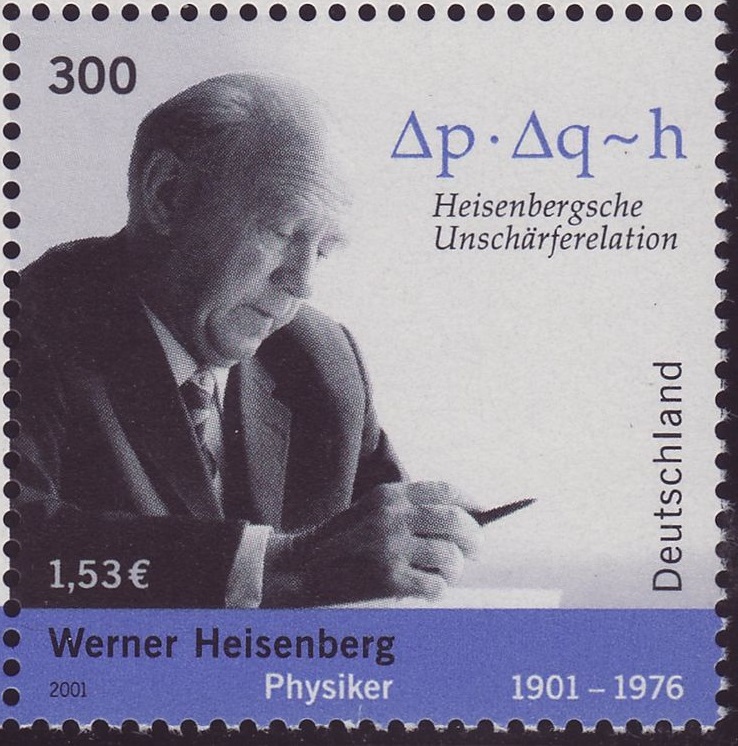
The $x$-axis represents a position in space. Here is a representation of a particle’s wave function along one dimension of space (along a ‘straight line’). To make it a little bit easier, let’s take the wave function of a particle of which the amplitude only varies along one dimension of space, $x.$ Instead of a time-amplitude plot, let’s represent a particle by a space-amplitude plot. Remember that a particle’s best description is a wave function? A wave function is the mathematical expression of a particle containing all possible states it can assume once we measure it. And so, the uncertainty principle in quantum mechanics is called Heisenberg’s uncertainty principle. Heisenberg then showed that this principle also holds in quantum mechanics. The term ‘Uncertainty principle’ pertains to the general phenomenon that Fourier transforms (such as between time and frequency) entail a fundamental, mathematical trade-off between types of information carried by the two transformed variables. In mathematical jargon, time and frequency are so-called Fourier transform pairs or conjugate variables. The relation between time $\Delta t$ and frequency $\Delta f$ in ordinary classical physics is fundamentally complementary. In the latter case, the wavelet ‘contains’ multiple waves at multiple frequencies, so when you Fourier transform its time-amplitude plot to its frequency-amplitude plot, the frequency has become ‘uncertain’. Now you see why the frequency-amplitude plot has changed from a very specific value in Figure 4 to the wider set of frequencies in Figure 6. This automatically means that the wavelet’s exact frequency is fundamentally harder to determine than the frequency of the sound wave in Figure 3. The wavelet at the bottom is constructed by many infinite waves at many different frequencies superposed onto each other. Again, the $x$-axis represents time and the $y$-axis represents the amplitude.įigure 7. Let’s limit our sound wave to a range in time, so it looks more like the sound of a ‘blip’ and less like an infinite tone of boredom. In other words, in reality, a sound wave usually exists in a finite range of time. Also, at some point it started – meaning, before that, it didn’t exist. Pluck a guitar string and it will fade out as the energy dissipates slowly.

In reality, no sound is going to be infinitely long. If you limit a particle’s range of possible positions in space $(\Delta x)$, you increase its range of possible momenta 1 along the $x$-direction $(\Delta p_x),$ and vice versa. The more well-known example is of course Heisenberg’s uncertainty principle. Obviously, they knew that, sometimes, life brings you Fourier transform pairs.

The other two, however, chose to be more pragmatic about it as they postulated that ‘you can’t always get what you want’ (Jagger & Richards, 1968). One chose to become all rebellious about it and wrote: ‘I want it all, I want it all, and I want it now!’ (May, 1988).
HEISENBERG PRINCIPLE TALK HOW TO
Who doesn’t hate them? Remember when your parents told you that you could have this but then not have that or maybe just a bit of this but then less or fewer of that? Unsurprisingly, at least three famous philosophers have written a few words on this, each in their own way lamenting on the existence of trade-offs and how to deal with them.


 0 kommentar(er)
0 kommentar(er)
